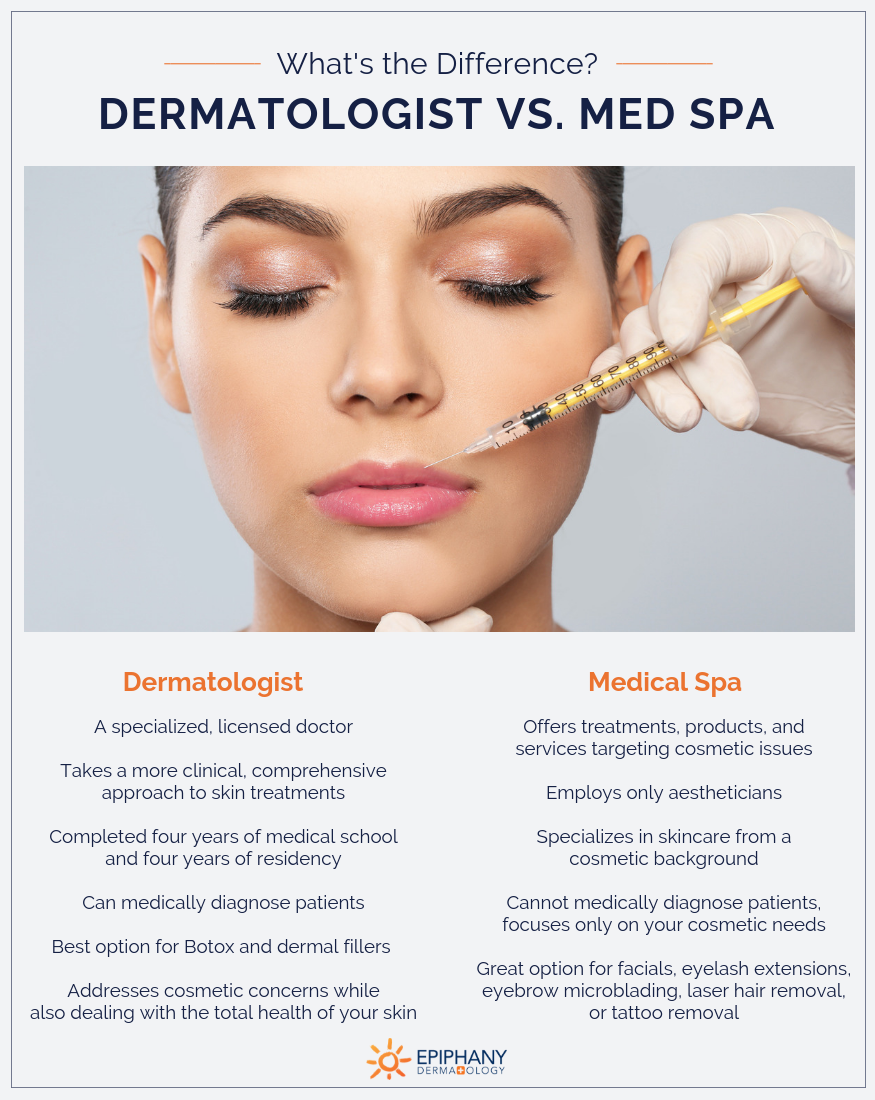Schedule a dermatologist specializing in mohs surgery for skin cancer treatment with high precision.
Schedule a dermatologist specializing in mohs surgery for skin cancer treatment with high precision.
Blog Article
Browsing Skin Cancer Cells Treatment: The Essential Duty of Mohs in Modern Dermatology Practices
Skin cancer cells, a complicated medical diagnosis, typically leaves people grappling with various therapy alternatives. As we explore the ins and outs of this treatment, one will certainly appreciate its essential duty in skin cancer treatment.
Comprehending Skin Cancer Cells: Types and Dangers
Skin cancer cells, a possibly dangerous ailment, is much more common than many individuals recognize. This disease, brought on by the unchecked growth of irregular skin cells, primarily results from DNA damage because of exposure to the sunlight and ultraviolet (UV) light. There are 3 major sorts of skin cancer: Basal cell cancer, Squamous cell cancer, and Cancer malignancy. While the former two are less dangerous and make up most of detected situations, melanoma is one of the most harmful. It makes up only about 1% of skin cancer cells cases but causes the substantial majority of skin cancer cells fatalities - dermatologist. Threat variables include reasonable skin, history of sunburn, too much sunlight direct exposure, living at high altitudes or near the equator, having numerous moles, a family members background of skin cancer, and weakened immune system.
What Is Mohs Surgical procedure and Exactly How It's Transforming Skin Cancer Cells Treatment
Despite the numerous therapies currently offered for skin cancer, Mohs surgery stands out as a groundbreaking and extremely reliable service. Called after Frederic E. Mohs, the doctor who developed the procedure, Mohs surgical procedure is an accurate medical technique utilized to deal with skin cancer cells. This level of precision, combined with the capability to save as much healthy tissue as feasible, is revolutionizing skin cancer cells treatment.
The Benefits of Mohs Surgery Over Conventional Skin Cancer Cells Treatments
Structure on the innovative nature of Mohs surgery, it's critical to consider its countless advantages over standard skin cancer treatments. Unlike standard treatments, Mohs supplies a higher cure price, typically reaching 99% for new therapies and 94% for reoccurring cancers cells. Furthermore, it minimizes damage to healthy and balanced skin, leading to less scarring and boosted aesthetic end results.
The Treatment of Mohs Surgical Procedure: What to Expect During the Process

Prospective Adverse Effects and Post-Operative Care of Mohs Surgery
Undergoing Mohs surgery, like any various other medical procedure, entails potential negative effects that clients ought to recognize. Common negative effects consist of discomfort, bruising, and swelling at the surgery site. Nevertheless, these are normally temporary and manageable with over-the-counter discomfort medication and ice packs. In unusual cases, clients may experience infection, blood loss, or an allergy to the anesthetic. Post-operative treatment is critical to healing and decreasing adverse effects. This normally entails keeping the wound clean and dry, taking recommended drugs, and staying clear of laborious activities. Individuals need to also participate in all follow-up consultations for wound care and tracking. Sometimes, additional treatments might be necessary to make sure total elimination of the cancerous cells. Complying with these post-operative treatment standards can greatly improve healing and outcomes.
Verdict

Report this page